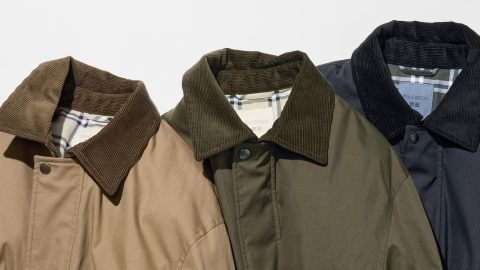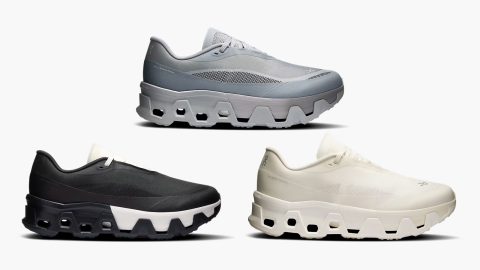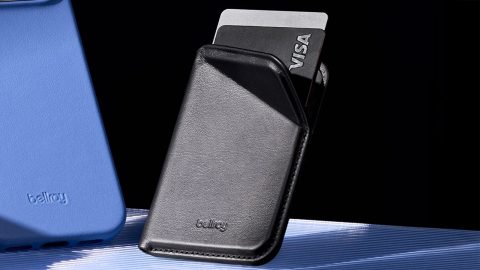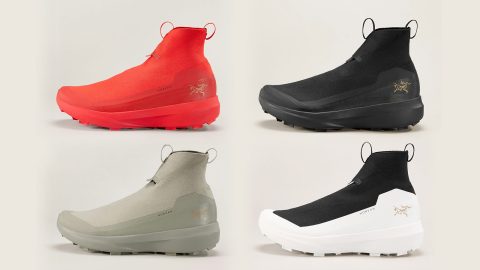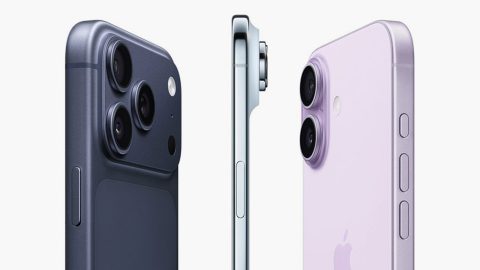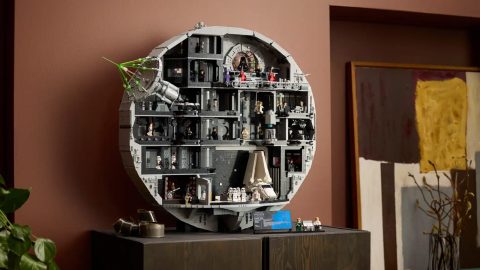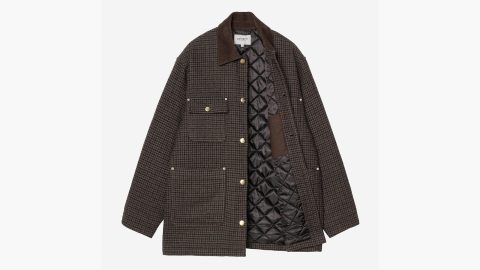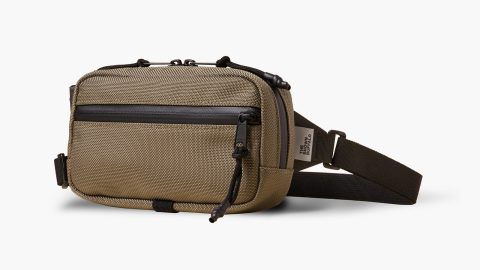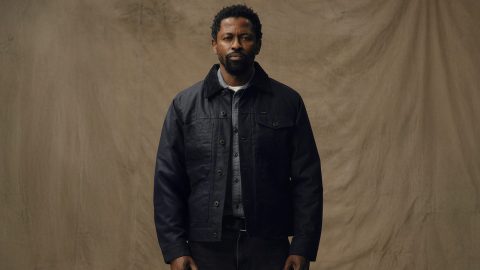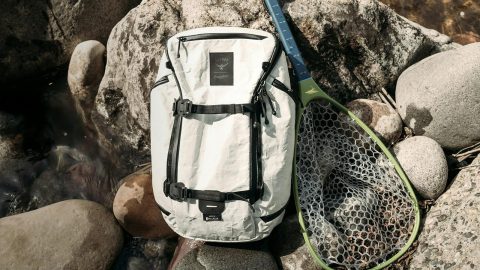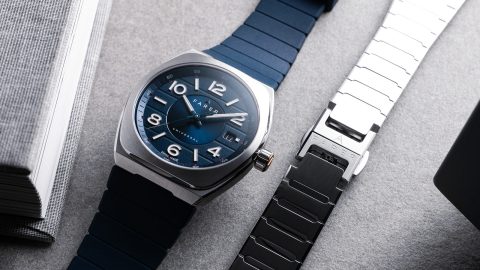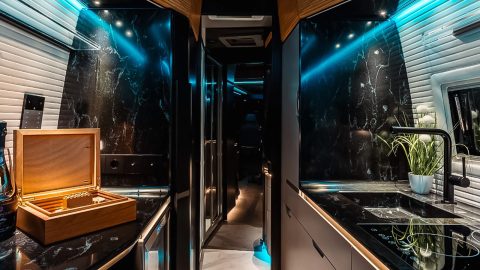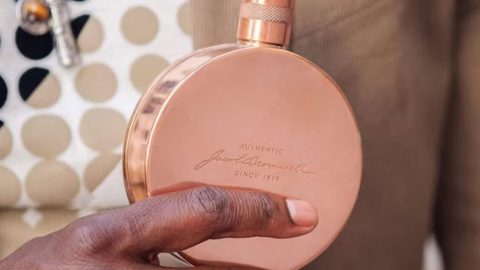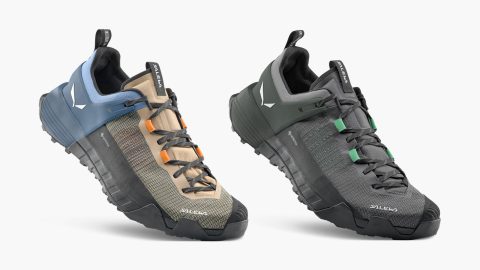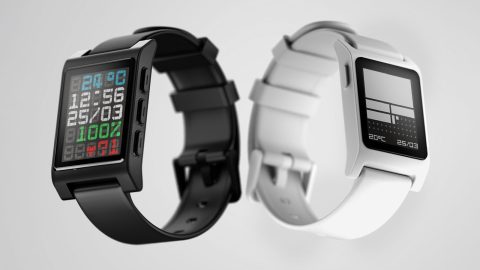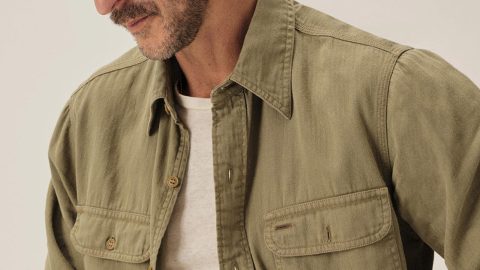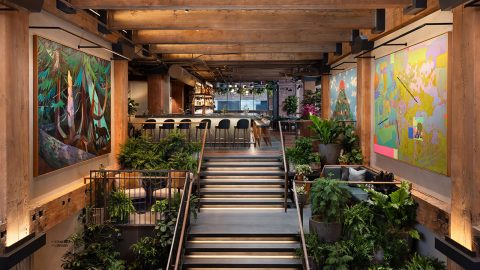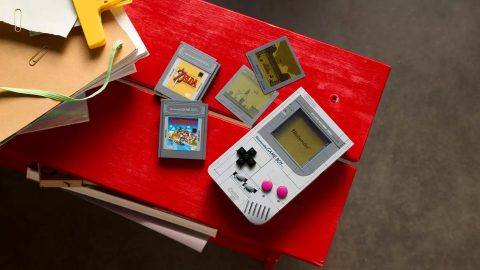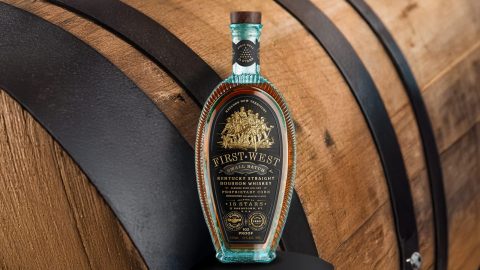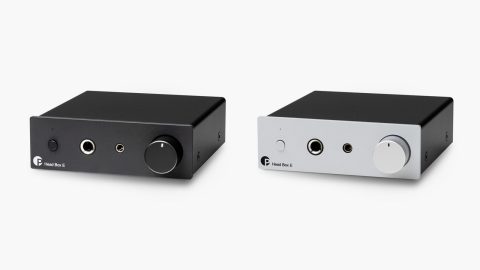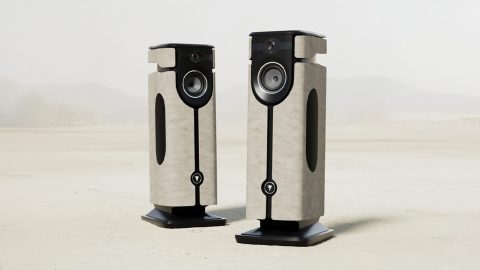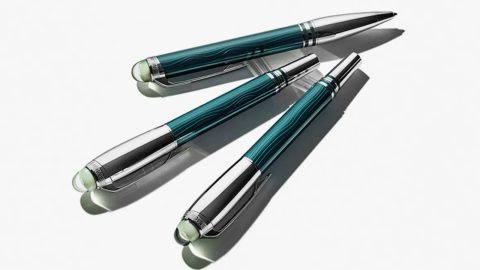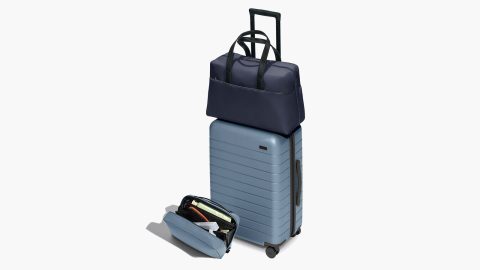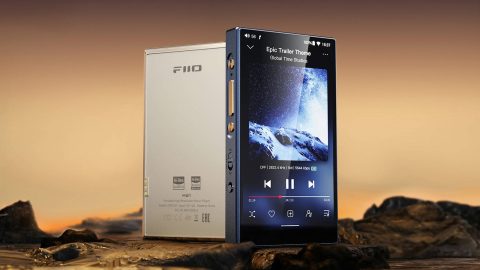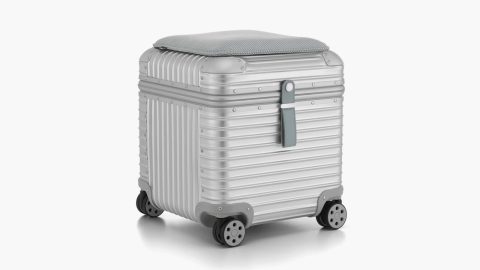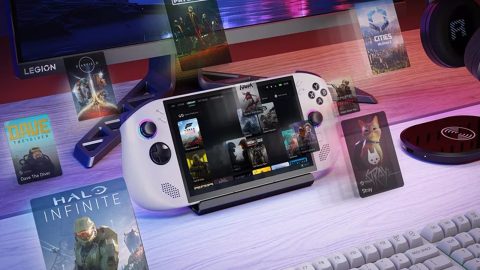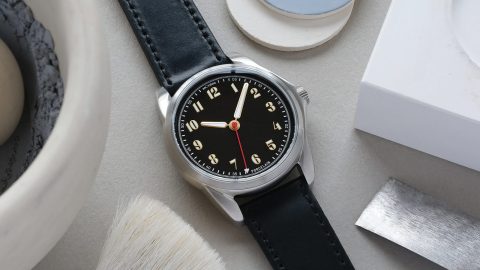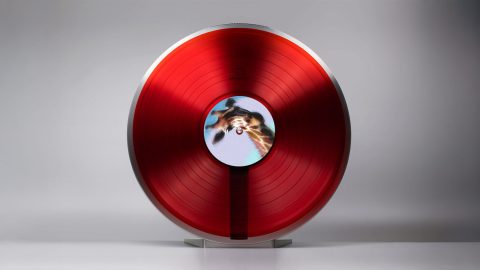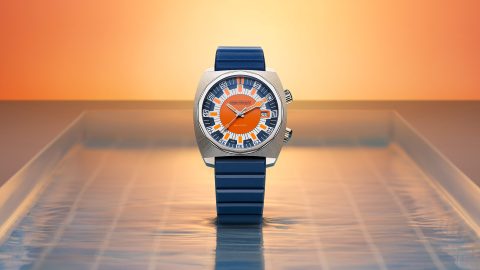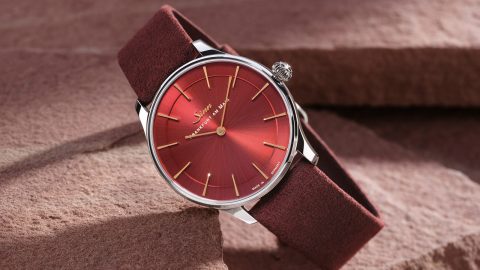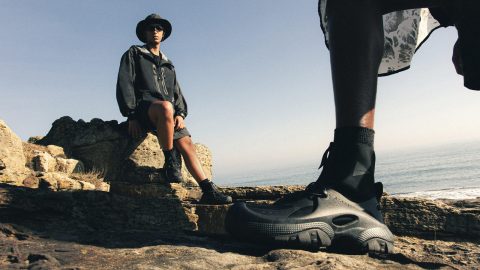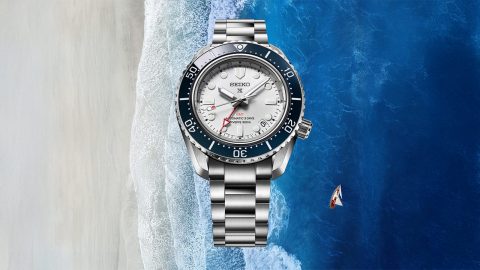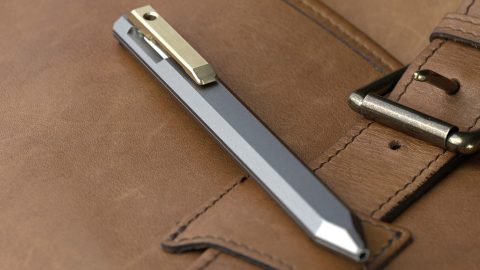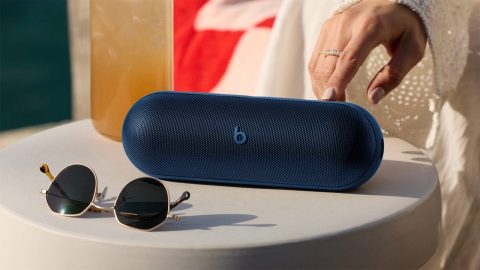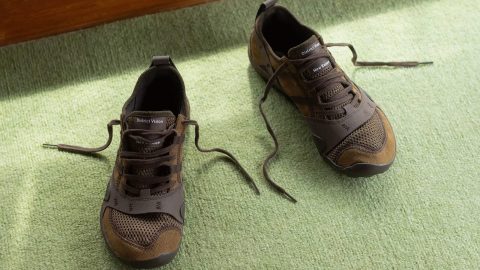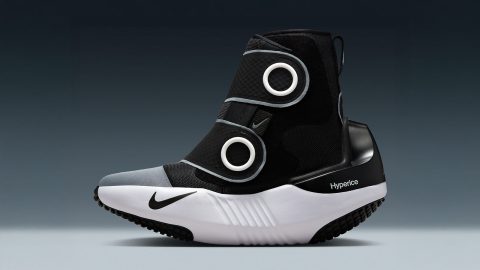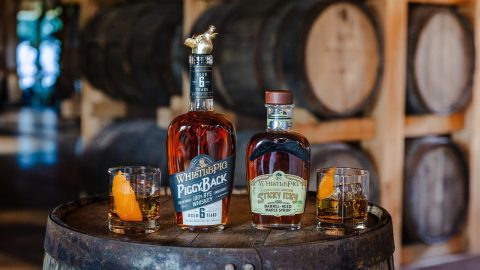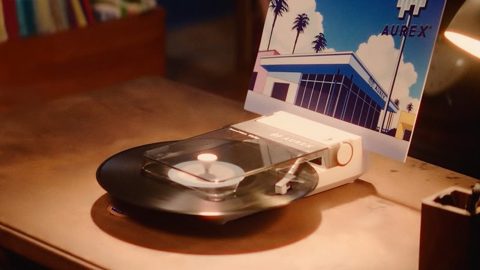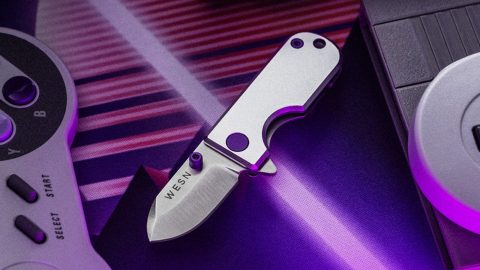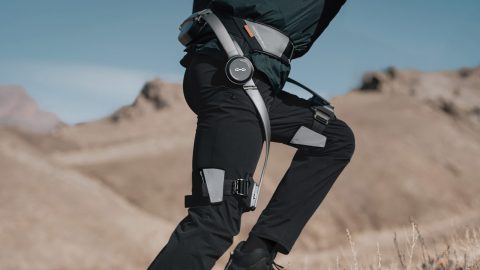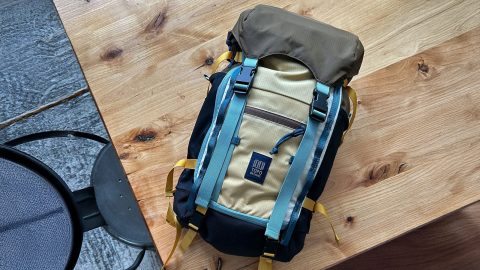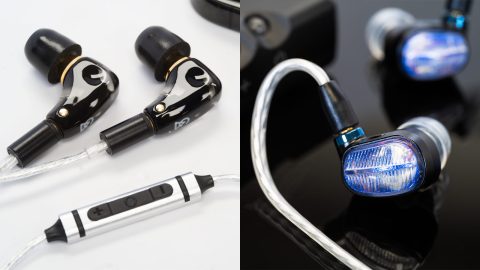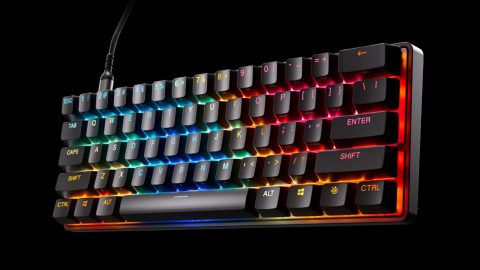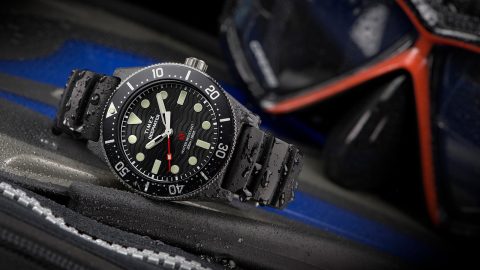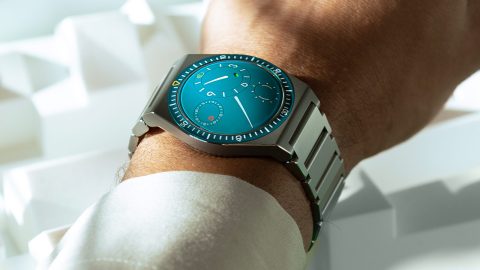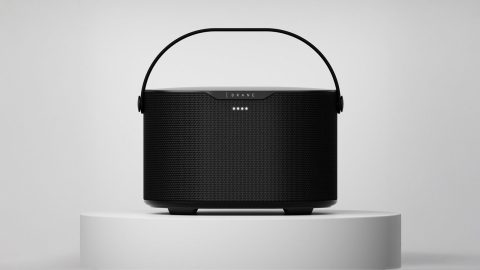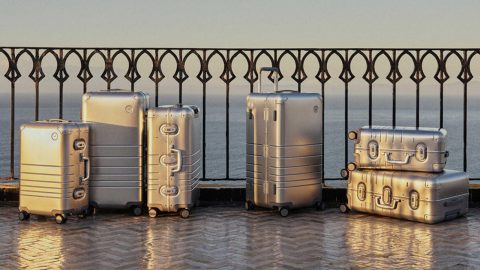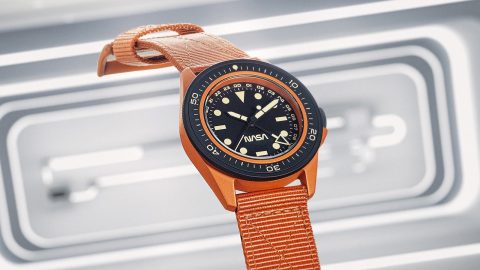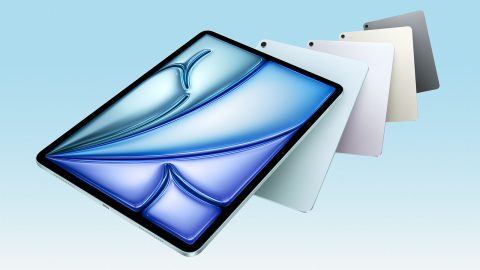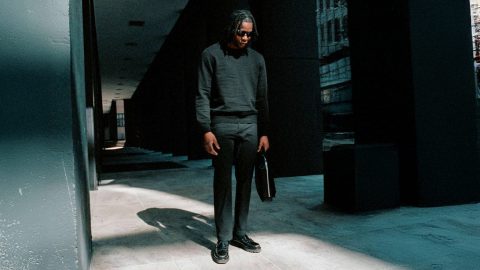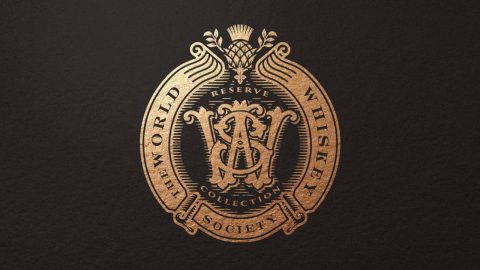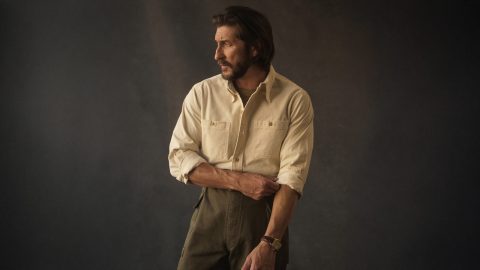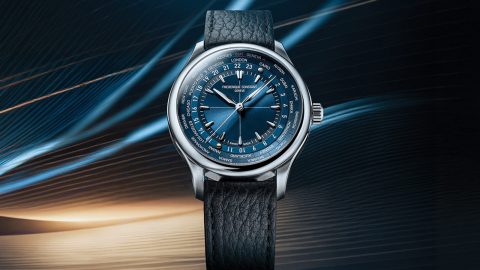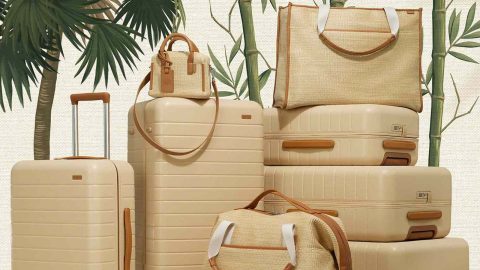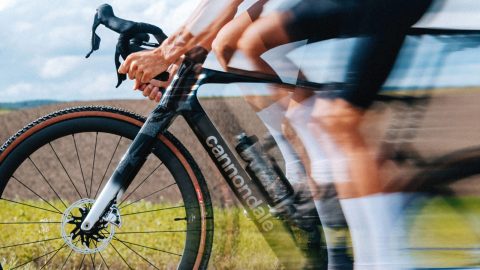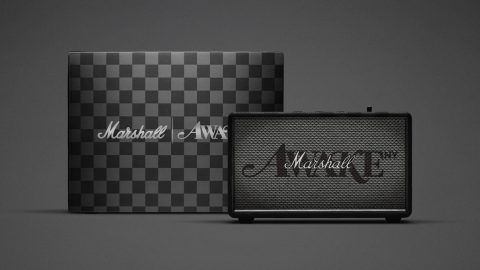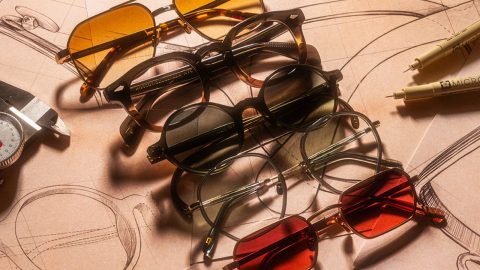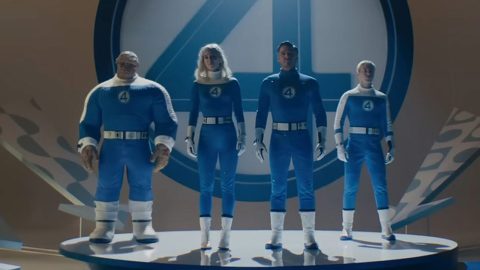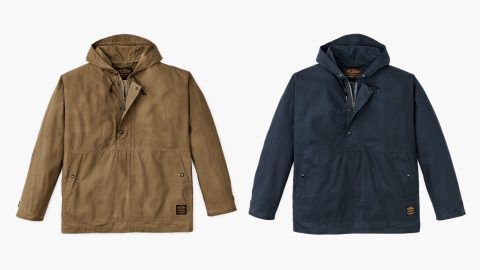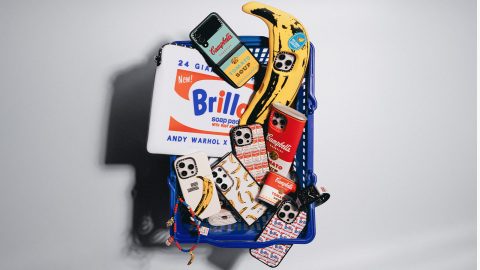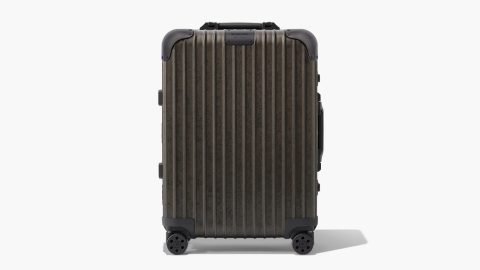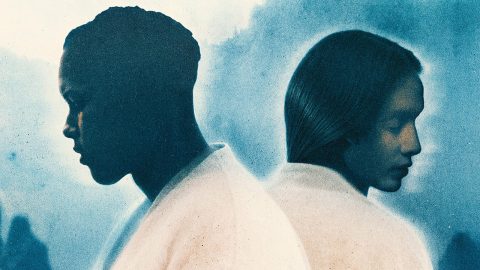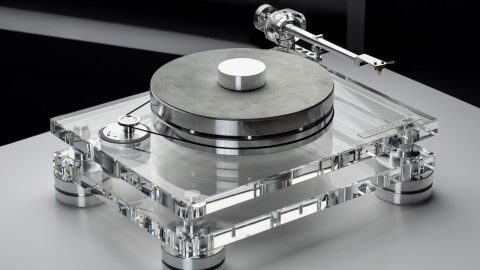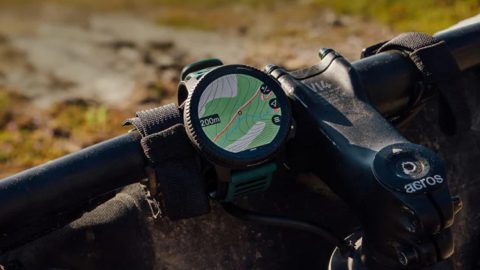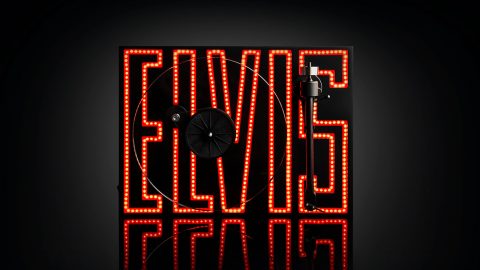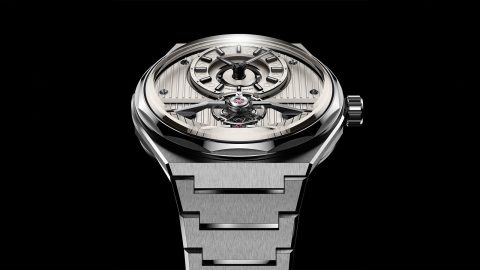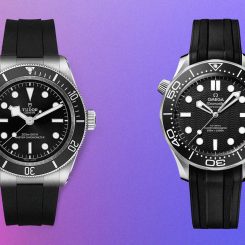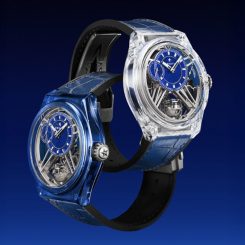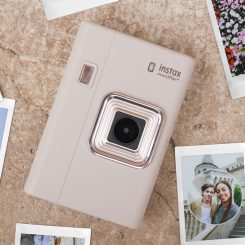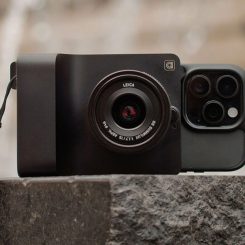You know them at a glance. There’s no mistaking a pair of classic Converse kicks. But do you know its rich, impressive history? What started as a humble shoe brand in 1908 transformed into a story for the ages—a sartorially inspiring tale that defines what it means to become an American icon.
It Started With a Galosh
Many of the world’s greatest names—in any industry—have deep backgrounds that begin unexpectedly. And so it goes with Converse, which was founded by Marquis Mills Converse in Malden, Massachusetts. In its earliest days, the company created galoshes and other cold weather-friendly rubber shoes. The clunky rubber footwear earned them their original name, Converse Rubber Shoe Company.
The staff produced its footwear seasonally, but Converse was inspired by the growth of basketball to create a shoe that would perform well on the court. Suddenly their seasonal production house transformed into a full-time operation. In 1917, the Converse All-Star basketball shoe made its debut.
Meet the Originals
Before the All Star, there was the Big Nine of 1919. It was named so for its nine significant features that focused specifically on comfort and stability. The Big Nine was marketed to men, women, and kids alike, and it was produced in white and brown. The nine features included double stitching, a leather ankle patch, genuine horsehide trim, duck lining and upper, leather laces, a cork footbed, a supportive footform last, a reinforced toe, and a sturdy outsole branded with a large “C.”
Two other models entered the fray following in the success of the Big Nine. The Sure Foot was built with incredible response in mind. They were punchy, springy shoes with standout rebounding ability. The Collegiate was a similar shoe known for its endurance, but with a lighter weight construction than the Sure Foot.
The shoe was an immediate success among athletes, and was broadly advertised as “the all-American basketball shoe.”
Following in its footsteps came the Non-Skid. The shoe was an immediate success among athletes, and was broadly advertised as “the all-American basketball shoe.” It built on the premise of the Big Nine, providing enhanced support courtesy of its intricately designed footform last, which improved space in the toe box and promoted a better fit above the instep. Their distinctive point was the form-fitted back seam, which created a more comfortable fit around the ankle.
The Chuck Taylor Connection
Things changed dramatically in 1922, when Charles H. “Chuck” Taylor joined Converse as a sales representative. This was in the wake of his brief career playing semi-professional basketball for a number of different teams. Interestingly, it was Taylor’s mother who helped devise the most effective sales strategy for selling the greatest number of shoes. She asked him who actually purchased the shoes for the basketball players that needed them. He told her that it was the coaches.
She tapped into that revelation by encouraging him to sell directly to the buyers instead of the actual players. Using his personal knowledge of basketball, Taylor developed a reputation as a true ambassador of the sport. He held clinics so that he could teach budding players and even coaches the deeper insights of the sport. He was simply a master of the game—and a master of making a great sale.
He created the Converse Basketball Yearbook, which was packed with pictures, informative reports, and strategic tips for members of the brand’s club team, the Converse All Stars. Being included in it was an honor—and one that was bestowed upon any player, so long as they wore Converse shoes. Essentially, the worlds of Converse and basketball had married to become one. The two were synonymous, and it was all because of Taylor’s promotional efforts.
More than that, he was instrumental in helping create new designs and providing engineering suggestions for the shoe brand. The Non-Skid, which had since been rebranded as the All-Star, underwent a makeover courtesy of Taylor’s acumen. He improved its stability and flexibility, and added the now famous circular logo patch to the ankle, thereby boosting its support. His contributions were so vast and significant that Converse added his name to the shoe’s ankle patch in 1934. The All Star was now the Chuck Taylor All Star.
Humble Rises and Falls
Converse could have settled right then and there to become something of an unofficial shoe for basketball players around the country. But its comfort and style appealed to the masses, and it wasn’t long before it gained popularity in other sectors. It was named the official shoe of the 1936 Olympics. It was during these games that the United States men’s basketball team debuted a pair of crisp white Converse shoes with red and blue stripes hugging the sides.
The shoe developed something of an elite reputation, and it built on the high standards that people expected of their athletic footwear.
These were no ordinary patriotic shoes. They were now-iconic Chuck Taylors, and they spurred the team to a memorable, albeit incredibly low-scoring, win of 19-8. The shoe developed something of an elite reputation, and it built on the high standards that people expected of their athletic footwear. The key was, ultimately, to create a shoe that provided the most impressive ground grip possible. The brand revamped the tread and enjoyed a boost in sales.
While it remained popular for decades, Converse experienced a decline in the 1970s. There was tremendous competition from other brands, many of which established alliances with professional players by paying them enormous sums of money to wear their footwear and clothes on the court. By contrast, Converse never paid athletes—and it wasn’t until 1975 that they made an endorsement deal with Julius “Dr. J” Erving. It was only the beginning of his long-standing relationship with the brand.
Brands like Nike and adidas were everywhere, and it wasn’t long before their performance footwear took control of the industry.
But old-school technology also prevented Converse from keeping up with the masses. Sure, everyone loved their fun Converse kicks, but more and more athletes were embracing more supportive shoes with thicker rubber soles and smooth leather uppers. Brands like Nike and adidas were everywhere, and it wasn’t long before their performance footwear took control of the industry.
By comparison, Converse All Star shoes last appeared on the professional basketball court during the 1979-1980 season, on Tree Rollins, a center for the Atlanta Hawks. He was paid $5,000 for the endorsement.
From the Court to the Street
It could be theorized that Converse shoes were simply too athletic and pigeonholed to appeal to anyone beyond the court. But the brand was embraced for its casual appeal through the decades. Many of the greatest musical acts of the 1970s, including Blondie, the Ramones, and the Talking Heads, wore Converse regularly. In the ‘80s, Michael J. Fox’s character, Marty McFly, wore them throughout Back to the Future. They were spotted on Ferris Bueller in Ferris Bueller’s Day Off. Molly Ringwald rocked hers in Sixteen Candles.
Many of the greatest musical acts of the 1970s, including Blondie, the Ramones, and the Talking Heads, wore Converse regularly.
During the ‘90s, musicians embraced the shoe as if it were uniform. Kurt Cobain famously wore his constantly—so much so that the brand partnered with Courtney Love in 2008 to create a limited-edition range of Cobain-inspired shoes that bore his original artwork. They’ve appeared on some of the biggest names in the business since then, including Green Day, The Strokes, Ed Sheeran, and the Foo Fighters.
The Nike Acquisition
Despite its mainstream popularity, Converse’s sales weakened dramatically through the decades. Fierce competition prevented them from finding their original heyday, and they filed for bankruptcy multiple times as they dealt with debt. The baggage wasn’t a threat to Nike, who capitalized on the brand’s prevailing street appeal by purchasing the company in 2003.
[The acquisition] led to collaborations with a number of fashion industry luminaries, including Maison Margiela, Comme des Garçons, and Off-White, among many others.
It was a winning acquisition in many ways. Nike expanded its presence in the lifestyle sector, while Converse enjoyed a surge in popularity. It led to collaborations with a number of fashion industry luminaries, including Maison Margiela, Comme des Garçons, and Off-White, among many others.
The Converse Collection
In addition to the All Stars, there are dozens of cool options in the ever burgeoning Converse collection. Different materials, designs, and colorways provide choices aplenty to discerning consumers who seek both comfort and style in their footwear.
One Star Vintage Suede Low Top: There’s nothing like a fabulous basketball shoe with a twist. The One Star undergoes a hip makeover courtesy of its premium suede finish and low profile. It’s flexible and comfortable, with supportive cushioning that promises a great fit and comfort with every step that you take. The One Star branding on the side adds the funky finishing touch.
Jack Purcell Canvas Low Top: Simple and versatile, the shoe was designed by badminton champion Jack Purcell. Fresh updates lend it contemporary appeal, it features Purcell’s signature “smile” on the toe cap, along with thick cushioning for rich support. The rubber sole is branded with a herringbone pattern for exceptional ground grip
Rival Leather Low Top: In a nod to its roots, the Rival Leather Low Top introduces some fresh style with a hint of old-school appeal. Featuring a leather and mesh upper, it’s as breathable and comfortable as it is stylish. It’s finished with the iconic star chevron logo for an eye-catching touch.
Chuck Taylor All Star We Are Not Alone Low Top: Make a statement in a pair of We Are Not Alone low tops. True to its name, it honors the possibility of extraterrestrial life. It’s a far journey from the brand’s roots—from a basketball court to a planet far, far away, these head-turning kicks take the shoe brand in another direction.



